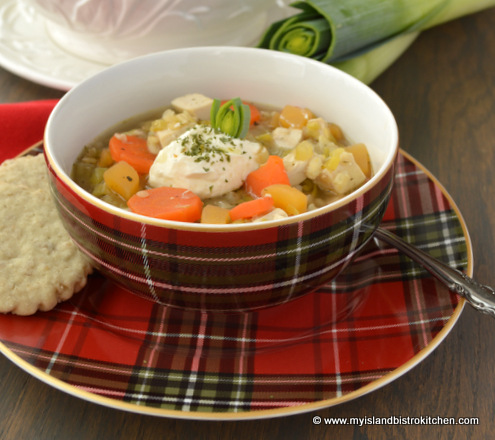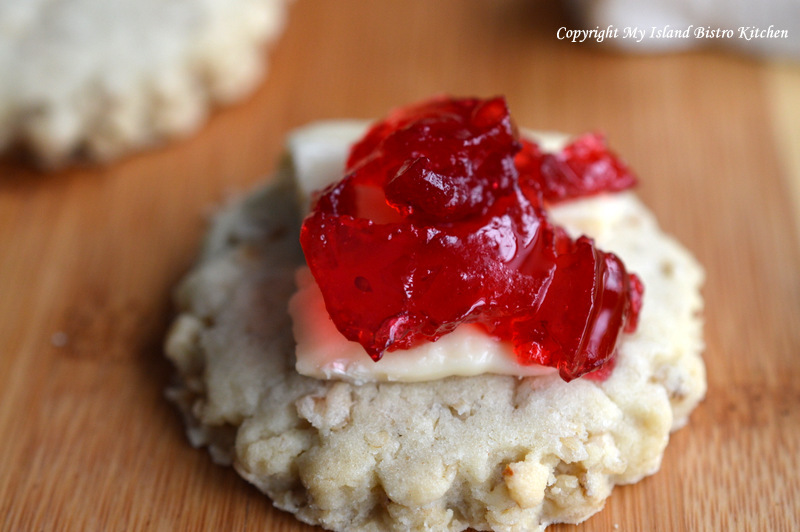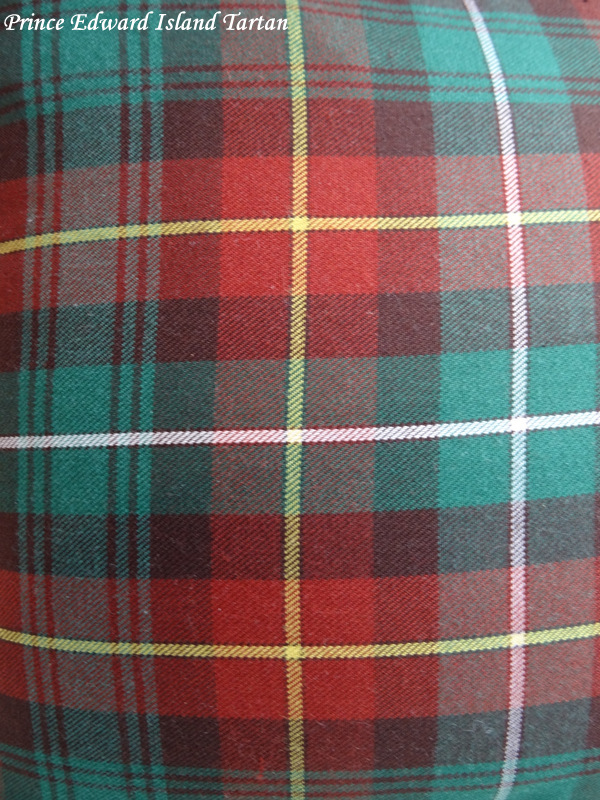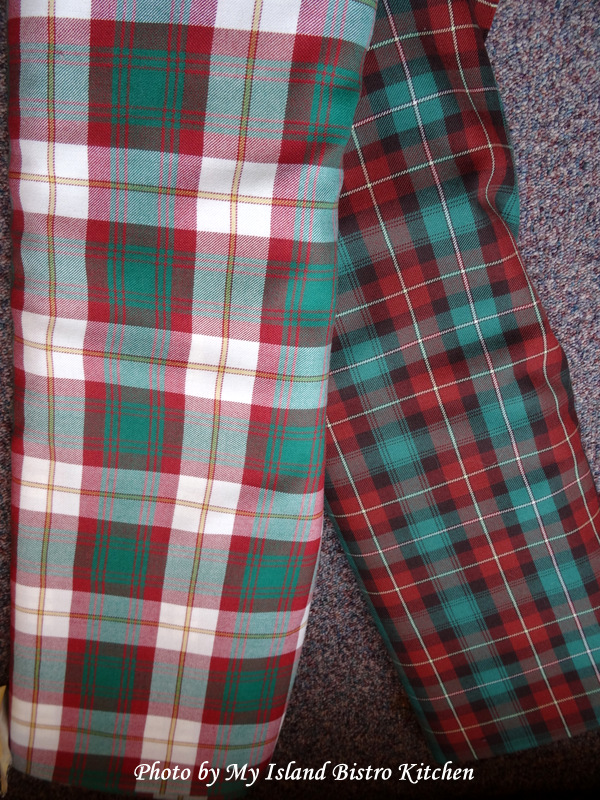
Cock-A-Leekie soup was on the menu during my first cruise in 1991 and I have loved this simple fare ever since. Continue reading Cock-A-Leekie Soup

Cock-A-Leekie soup was on the menu during my first cruise in 1991 and I have loved this simple fare ever since. Continue reading Cock-A-Leekie Soup

Oatcakes are very versatile and take such basic, simple ingredients. A cross between a cookie and a cracker, they are savory bites and are not overly sweet. In fact, I would describe these artisan cookies/crackers as having a nice short, crisp texture. Scottish in origin, oatcakes probably made their debut in Canada when they arrived along with Scottish immigrants. Continue reading Old-Fashioned Scottish Oatcakes

Today is National Tartan Day. Tartan Day is celebrated each year on April 6th which coincides with the signing of the Scottish Declaration of Independence — the Declaration of Arbroath — in 1320. It is a day of observance to recognize and celebrate the Scottish heritage and the contributions of the Scots and their descendents to Canada’s history, development, and culture. In Canada, the day first originated in Nova Scotia in the late 1980s and then later spread across the country culminating with it being proclaimed, on October 21, 2010, by the Minister of Canadian Heritage, as an observance day all across Canada. I understand it is also celebrated in several other countries around the world. Tartans are, of course, synonymous with Scottish descendents. Tartan Day has a particular significance on Prince Edward Island because, according to the PEI Government website, people of Scottish descent make up the largest ethnic group in the Province[1].
Canada, as a whole, has the Maple Leaf Tartan as its official tartan which became an official national symbol by ministerial declaration on March 9, 2011. Most provinces also each have their own unique official tartan. The PEI tartan was designed and registered in 1959 by Elizabeth Jean MacLean Reed from Covehead, PEI. Through an official tartan design contest, Mrs. Reed’s tartan was selected and adopted as PEI’s official tartan on June 16, 1960.

The colors of the tartan each represent some aspect of the Island: The overall reddish-brown color signifies the redness of the Island soil; the green portrays the grass and trees; the white represents the whitecaps of the waves that lap our shores, and the yellow is said to stand for the sun[2]. If you have ever had the opportunity to fly in over PEI on a beautiful, clear, sunny day in spring, the landscape of the Island does look like a tartan checkerboard with green fields and trees and the red land. The traditional PEI tartan is a very good depiction of the colors of the Island.
In addition, the Island also has an official dress tartan.

This tartan was designed by Ben Taylor, Scott MacAulay, Barbara Brown, and John (Jock) Hopkirk. Unveiled on June 25, 1992, the dress tartan is a different design from the official provincial tartan although it maintains the overall reddish-green color scheme.[3] The PEI dress tartan substitutes white blocks for one of the darker colors in the traditional tartan.[4]
I recently spoke with Barbara (Brown) Yorke, one of the designers of the PEI dress tartan, to find out when the dress tartan would be worn. Ms. Yorke tells me that the dress tartan is often worn by highland dancers who favor the lighter color (than traditional tartans which tend to be darker) because the kilts, with matching socks, made of the lighter tartan makes the dark shoes of the dancers stand out.

My celebration of Tartan Day involves an afternoon tea using, of course, my Prince Edward Island tartan teacups and saucers. My tea selection today is Bentley’s Lemon, Honey & Chamomile Herbal Tea.
On my menu for Tartan Day are egg salad sandwiches with dill, along with fruit cake, coconut roll dates, and Scottish oatcakes, of course, to represent my Scottish heritage.
I am using my small ivory and gold-colored teapot this afternoon since it fits in with the rich tones of the Island tartan.
[1] Source: The Government of Prince Edward Island website. http://www.gov.pe.ca/infopei/index.php3?number=1526
[2] Ibid.
[3] Ibid.
[4] Source: College of Piping and Celtic Performing Arts of Canada website. http://www.collegeofpiping.com/aboutus.php
Thank you for visiting “the Bistro” today.
Be sure to visit my Facebook page at My Island Bistro Kitchen. You may also wish to follow me on twitter @PEIBistro, on Pinterest at “Island Bistro Kitchen”, and on Instagram at “PEIBistro”.